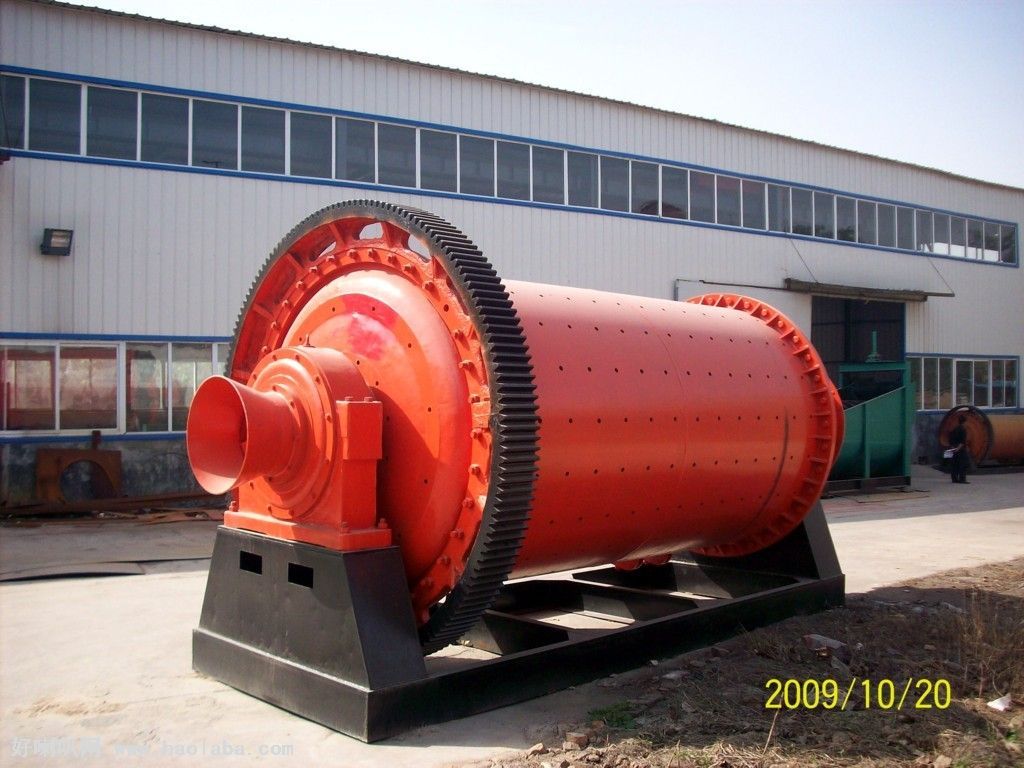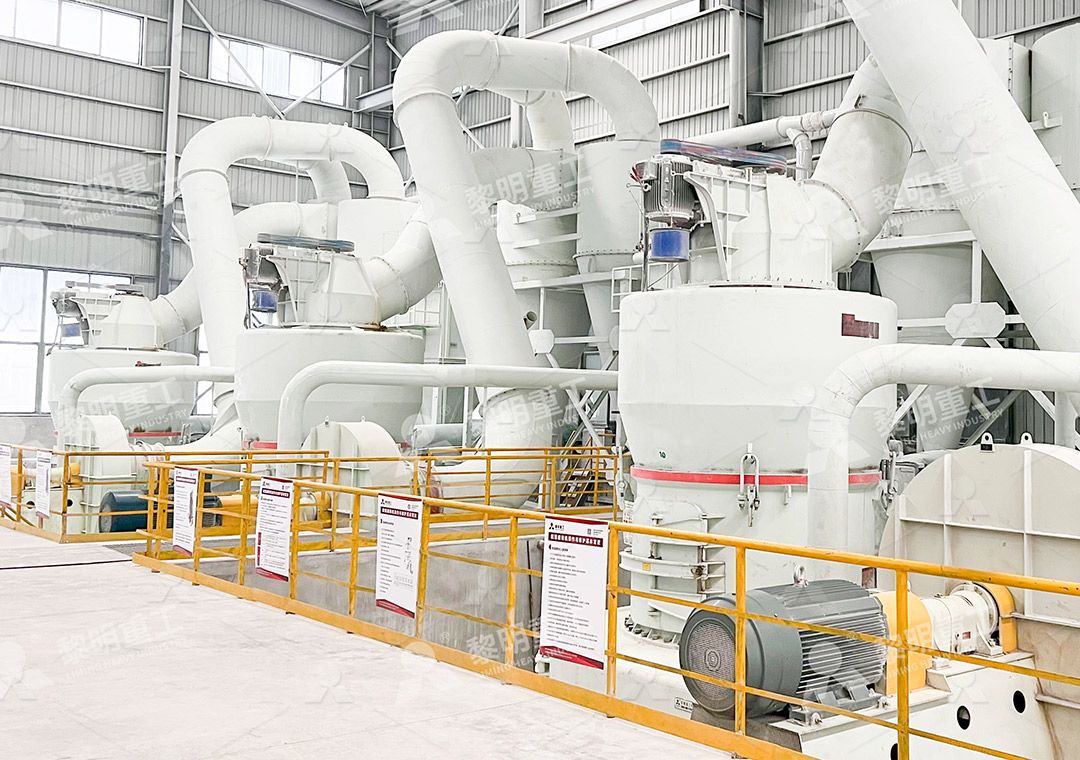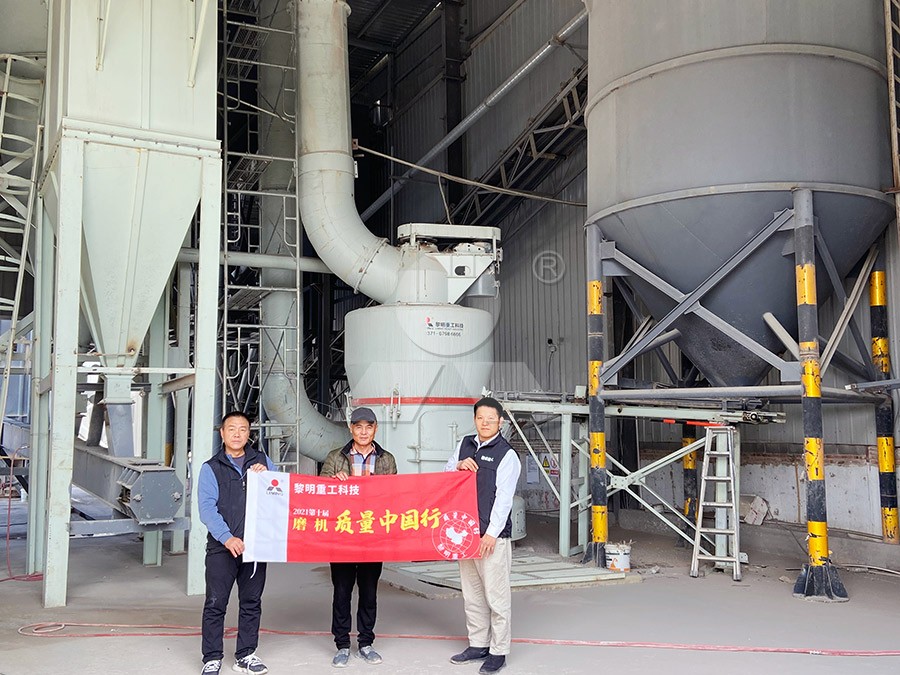Ball Mill for Gold Processing: Sale and Operation Guide in the Philippines
Ball Mill for Gold Processing: Sale and Operation Guide in the Philippines
The Philippines, with its rich mineral resources, presents a significant opportunity for gold mining operations. Selecting the right grinding equipment is crucial for optimizing recovery rates and operational efficiency. While traditional ball mills have been a staple in the industry, advancements in milling technology offer superior alternatives for modern processing plants.
Understanding Ball Mill Operations
A ball mill operates on a relatively simple principle. It is a horizontal rotating device transmitted by an outer gear. Materials are fed into the grinding chamber through a quill shaft. The chamber is lined with specific liners and contains grinding media, typically steel balls of various sizes. As the cylinder rotates, the centrifugal force causes the balls to lift to a certain height and then cascade down, impacting and grinding the ore into a fine powder. The ground material is then discharged through a grate plate, completing the process.

Key advantages of the ball mill include its robust construction, lower initial investment cost, and adaptability to both wet and dry grinding. However, they are known for higher energy consumption, significant wear on grinding media, and sometimes inconsistent product fineness compared to newer technologies.
Challenges in the Philippine Context
Operating in the Philippines comes with unique challenges. High humidity can affect dry grinding processes. Remote locations often mean higher costs for spare parts and maintenance, demanding equipment with excellent reliability. Furthermore, increasing environmental regulations require mills with efficient dust collection systems to minimize site impact.
Beyond the Ball Mill: Advanced Grinding Solutions
For operations looking to maximize efficiency and output, moving beyond traditional ball mills can yield significant benefits. Technologies like vertical roller mills and ultrafine grinding mills offer higher energy efficiency, better control over product fineness, and integrated drying capabilities—a major advantage in tropical climates.

For operators seeking to produce ultra-fine powders for enhanced gold liberation or other applications, our MW Ultrafine Grinding Mill is an exceptional choice. Designed for customers needing to make ultra-fine powder, this machine is a game-changer. It handles an input size of 0-20 mm with a capacity ranging from 0.5 to 25 tph. A key feature is its higher yielding and lower energy consumption; it offers 40% higher capacity than jet mills and double the yield of a ball mill, while using only 30% of the energy of a jet mill. It produces a precisely adjustable fineness between 325-2500 meshes. Crucially for remote operations, its design without rolling bearings or screws in the grinding chamber eliminates worries about bearing damage or loose screws causing failures. The efficient pulse dust collector and muffler ensure the operation meets stringent environmental standards, making it perfectly suited for sustainable mining in the Philippines.
Selecting and Operating Your Mill
When selecting a mill, consider your ore characteristics, desired capacity, and target particle size. For ball mills, ensure proper loading of grinding media and regular inspection of liners to maintain efficiency. For advanced mills like our MW series, leverage the digital controls to precisely adjust parameters for optimal performance. Always partner with a supplier that offers comprehensive technical support and genuine spare parts to minimize downtime.

Conclusion
Success in gold processing in the Philippines hinges on using the right technology. While ball mills are a proven workhorse, embracing advanced grinding solutions like the MW Ultrafine Grinding Mill can lead to substantial gains in productivity, cost savings, and environmental compliance. Carefully evaluate your needs and choose a mill that will drive your operation’s profitability for years to come.
